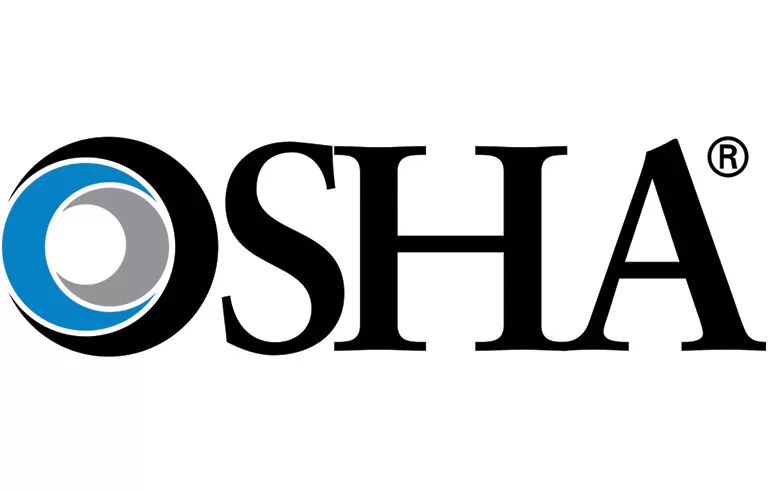
On October 21, 2025, the federal Office of Information and Regulatory Affairs (OIRA) issued a memorandum accelerating deregulatory actions across the federal government, with immediate and significant implications for construction industry safety regulations. OSHA faces unprecedented pressure to scale back regulations, creating both opportunities and uncertainties for construction contractors nationwide.
The October 21, 2025 OIRA memorandum orders federal agencies, including OSHA, to expedite deregulatory actions under what the administration terms a comprehensive deregulatory initiative. This memo accelerates the pace at which OSHA must review, revise, or potentially eliminate existing regulations.
OSHA currently faces specific industry requests to withdraw proposed regulations, particularly regarding heat stress requirements that industry groups argue lack sufficient flexibility for field application. The Associated Builders and Contractors (ABC) and similar industry organizations have formally requested that OSHA withdraw the proposed heat rule as currently written and revise it to provide greater flexibility.
Construction industry organizations have targeted several proposed OSHA regulations:
Multiple state governments have formally opposed OSHA regulatory rollbacks, arguing they could reduce worker safety protections. This creates tension between federal deregulatory initiatives and state-level worker protection priorities.
Construction companies should understand several critical points:
Regulation Status Uncertainty: Contractors operating in this environment face uncertainty about which regulations will ultimately remain in force. Companies should continue maintaining current compliance standards while monitoring regulatory announcements.
Timeline for Changes: OIRA's October 2025 memo indicates that deregulatory actions will proceed rapidly, but specific timelines remain unclear. Changes could occur within weeks or months rather than the traditional years-long regulatory process.
State vs. Federal Variations: If federal OSHA regulations are scaled back, some states may maintain stricter standards. Construction companies operating across state lines must monitor both federal and state-specific requirements.
Despite deregulatory pressures, OSHA continues active enforcement of existing standards. Recent fiscal year 2025 data shows the agency's top violation categories remain:
Construction companies should continue prioritizing these high-violation areas regardless of regulatory uncertainty, as enforcement patterns suggest these remain agency priorities.
An ongoing federal government shutdown that stretched past October 2025 left OSHA regional offices unstaffed, creating additional complications for contractors seeking compliance guidance or reporting safety concerns. This operational disruption has created uncertainty about enforcement timelines and inspection scheduling.
Industry reactions to OSHA deregulation initiatives vary considerably. Some industry groups argue that overly complex regulations create compliance burdens without proportional safety benefits. Other industry segments and worker safety advocates oppose rollbacks, arguing existing standards protect worker health.
The ABC and similar contractor organizations have specifically advocated for greater flexibility in heat stress regulations, arguing that field conditions require adaptable approaches rather than rigid one-size-fits-all standards.
Construction professionals facing regulatory uncertainty should:
Construction industry professionals should monitor:
OSHA deregulation initiatives create uncertainty but don't eliminate safety requirements. Construction companies should continue maintaining robust safety practices, documenting compliance efforts, and monitoring regulatory developments. Actual changes may occur, but transition timelines remain unclear. In the interim, contractors demonstrating strong safety commitment protect both their workers and their business interests.
Sources: OIRA Memorandum, October 21, 2025; OSHA Fiscal Year 2025 Enforcement Data; Federal Register announcements; Industry organization press releases from ABC, AGC, and Associated Builders and Contractors
Syracuse Housing Authority finances Phase 2 of East Adams redevelopment. $100M+ project creates 125 senior affordable apartments on remediated brownfield. Vertical construction begins early 2026.
Governor Hochul awards $10M from East Side Building Fund to 35 Buffalo commercial and mixed-use projects. Funding supports facade renovations, adaptive reuse, and new mixed-use development across East Side priority corridors.
Rochester launches $60M convention center renovation. Downtown Joseph A. Floreano Riverside Convention Center undergoes comprehensive modernization including interior systems, lighting, HVAC, and equipment. Construction phases planned 2029-2033.